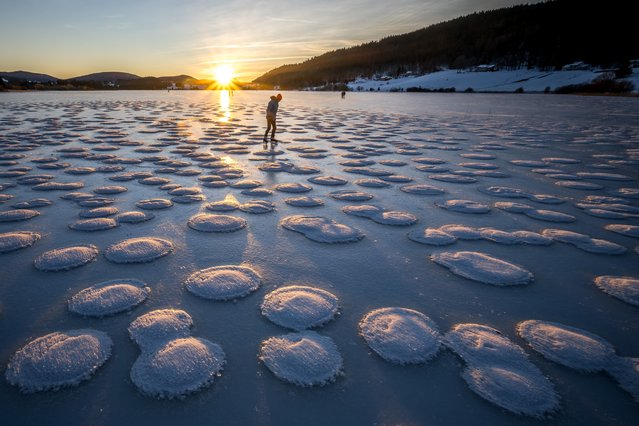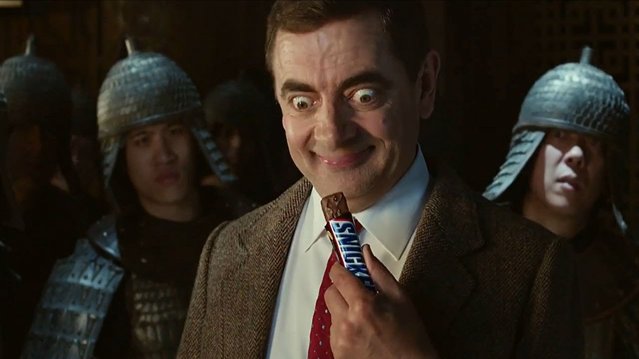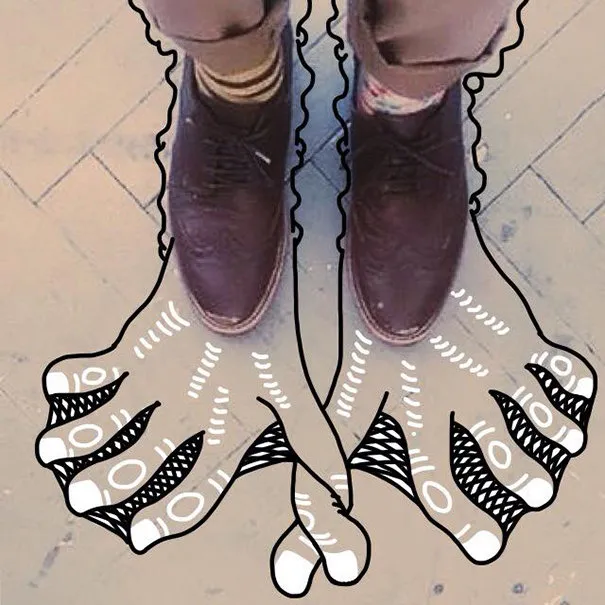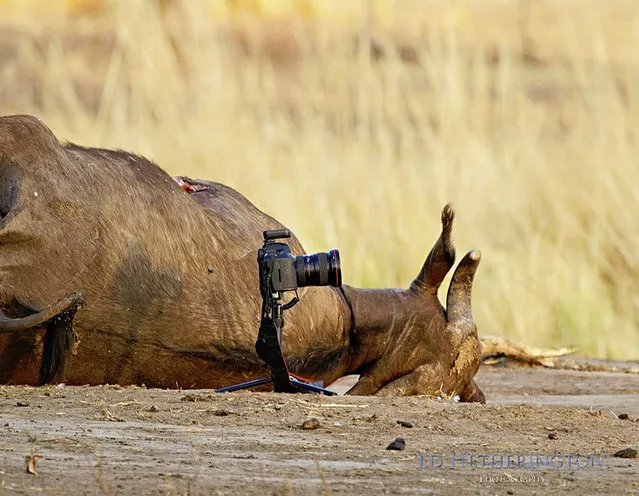
“Start your day with a good breakfast together”, 2009. “There was this trend of eating sushi from a woman’s naked body. So when I found the perfect papaya, I knew exactly how to shoot it”. (Photo by Pixy Liao/The Guardian)
02 Jun 2019 00:03:00,post received
0 comments







